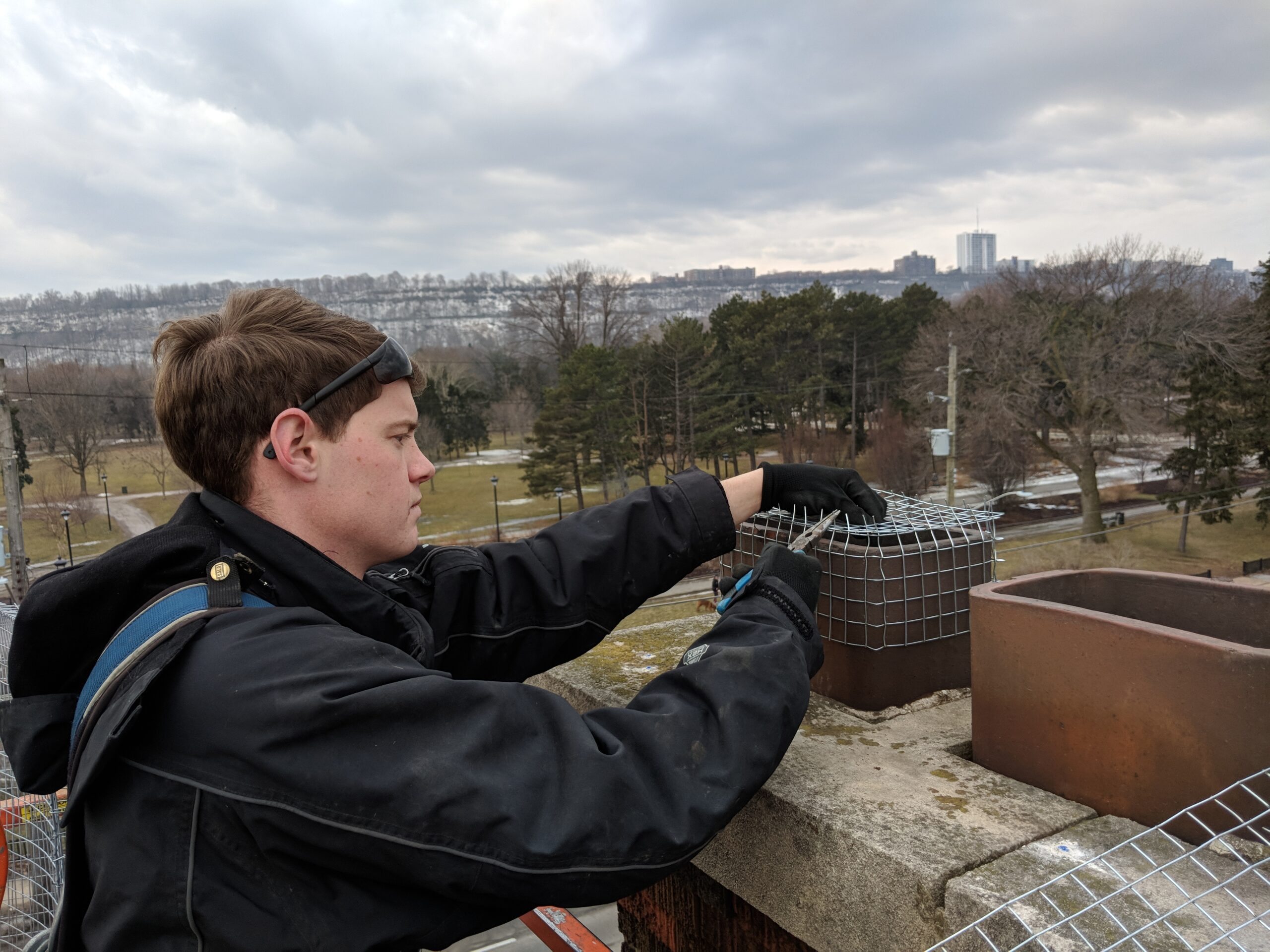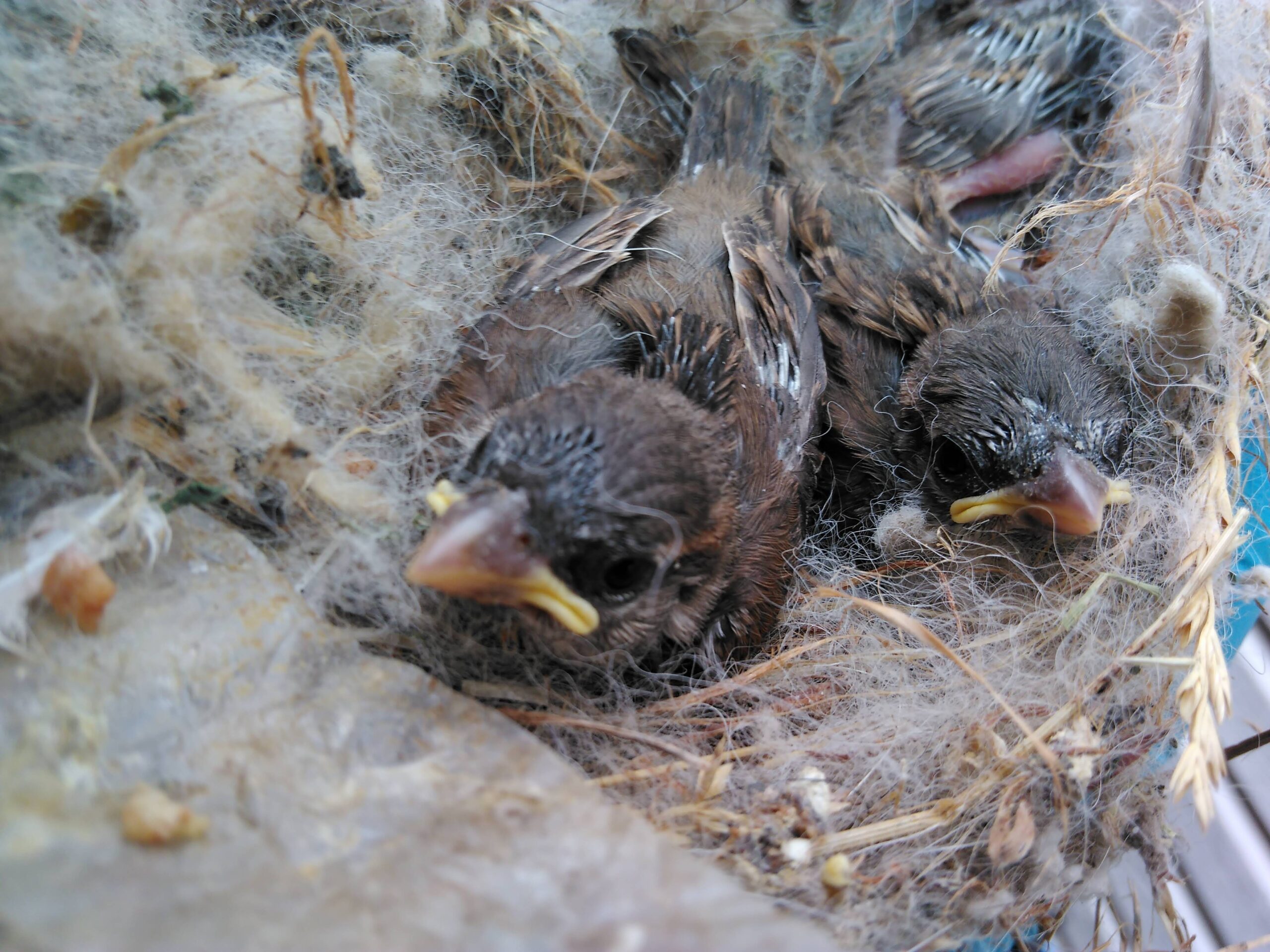
Is My Chimney Bird Proof?
Chimneys are dormant for most of the year but when winter comes around they come to life, providing warmth for the entire family. But as you prepare to cozy up with your loved ones and enjoy a relaxing winter evening, something terrible may be in store. We’re talking about the birds who often take up residence in your chimney, posing a number of problems. Without a doubt, it is important for all chimney owners to enlist the assistance of wild animal control experts to ensure that their chimneys are winter-ready before use.
WHY DO BIRDS NEST IN CHIMNEYS?
Some bird species (such as swallows, starlings and swifts) love to nest in the hollow parts of trees. And these birds consider chimneys a great substitute for the real deal. They establish nests inside the chimneys and live well for most of the year in their nest that provides safety and warmth. During the spring and summer months, they will use the nest to birth and raise their newborn chicks, creating an even bigger mess.

When winter arrives though and you begin to light up your chimney, the nest may prevent the release of smoke and trap carbon monoxide inside your home. A birds’ nest in the chimney also poses a serious fire risk as sparks can travel up and ignite the flammable material used to build it. The birds are also exposed to life-threatening conditions as the heat, smoke and sparks travel upwards towards their nest. The danger is even greater for the young offspring who may not be able to fly away from the situation.
ARE THE BIRDS IN MY CHIMNEY A SAFETY HAZARD?
When winter arrives and you begin to light up your chimney, the nest may prevent the release of smoke and trap carbon monoxide inside your home. A birds’ nest in the chimney also poses a serious fire risk as sparks can travel up and ignite the flammable material used to build it. The birds are also exposed to life-threatening conditions as the heat, smoke and sparks travel upwards towards their nest. Birds are carriers of a variety of diseases transferable to humans and their pets. Since chimneys are often directly connected to a common living space, it is likely that the bacteria is being spread throughout the home. Inside your chimney birds will also often bring parasites called bird mites with them that can easily move down the chimney and into the home.
WHEN BIRDS ACCIDENTLY WIND UP INSIDE YOUR CHIMNEY
Birds seem to have an intense love/hate relationship with chimneys. They love to perch on the perimeters of the opening, and unfortunately, they do sometimes fall inside.When they are trapped inside its narrow dark walls, they panic and frantically thrash around trying to escape. Often they even wind up inside the home. A frantic bird in the home may mean damage to windows, appliances, and furniture.
WHAT TO DO ABOUT A TRAPPED BIRD IN YOUR CHIMNEY?
If you suspect that a bird is trapped in your chimney (frantic thrashing sounds, as well as panicked screeches, are a dead giveaway) your first course of action is to locate the poor animal. If the bird is trapped in the chimney and not the fireplace, you should open up the fireplace damper, creating an escape route for the bird. Unfortunately, sometimes the bird is just too frightened to make its way out. At this point, you need expert intervention… and quickly too!
WHY EXPERT INTERVENTION IS REQUIRED WHEN A BIRD IS TRAPPED IN YOUR CHIMNEY

As with many things, prevention is better than a cure when it comes to birds in chimneys. Pre-winter chimney inspections are therefore a must. Expert bird behaviour and wildlife technicians like those at Skedaddle can conduct a thorough inspection of your home. If the inspection reveals that your chimney is free from bird presence, then we can install barrier technology like chimney caps to prevent the undesirable occurrence.
If you’ve got a bird trapped in your chimney, your best option is to get the experts on the job. Skedaddle’s team of wild animal control experts are specially trained, experienced and equipped with ladder and roof safety training to deal with unwanted bird presence in the home. Our technicians will combine our knowledge of bird behaviour with our expertise in wildlife control to safely remove birds from your home and prevent their re-entry. To learn more about our bird removal services, call 1-888-592-0387.
CALL US TODAY
1.888.592.0387
OR
Request for Services



FOLLOW US